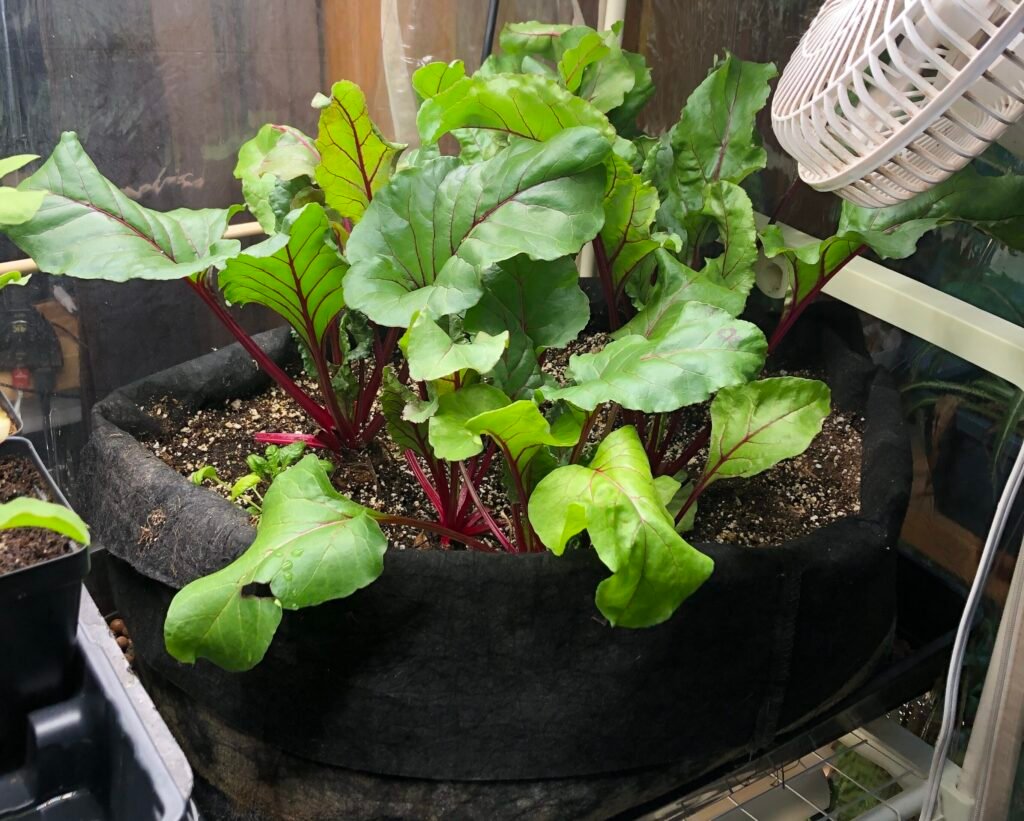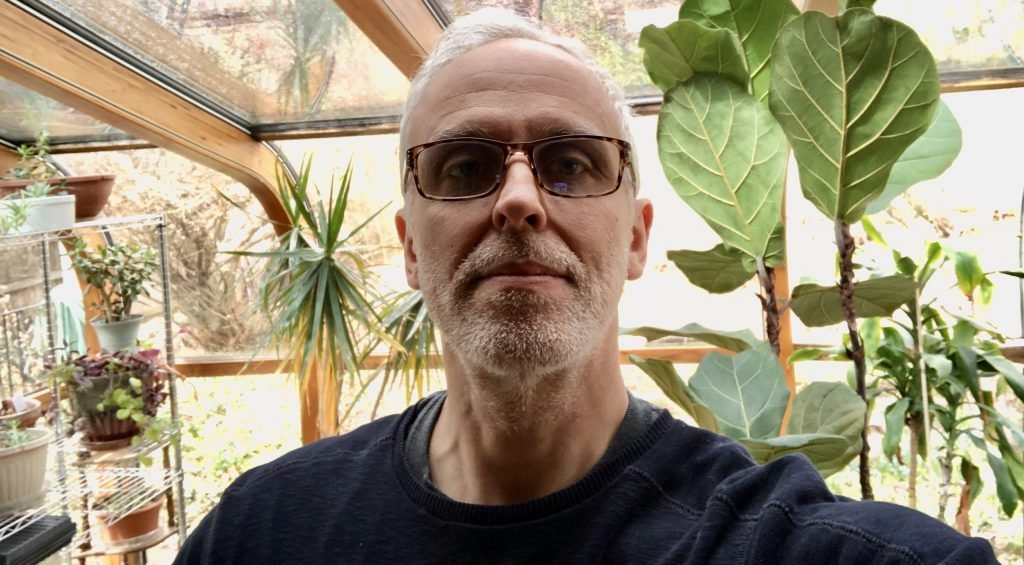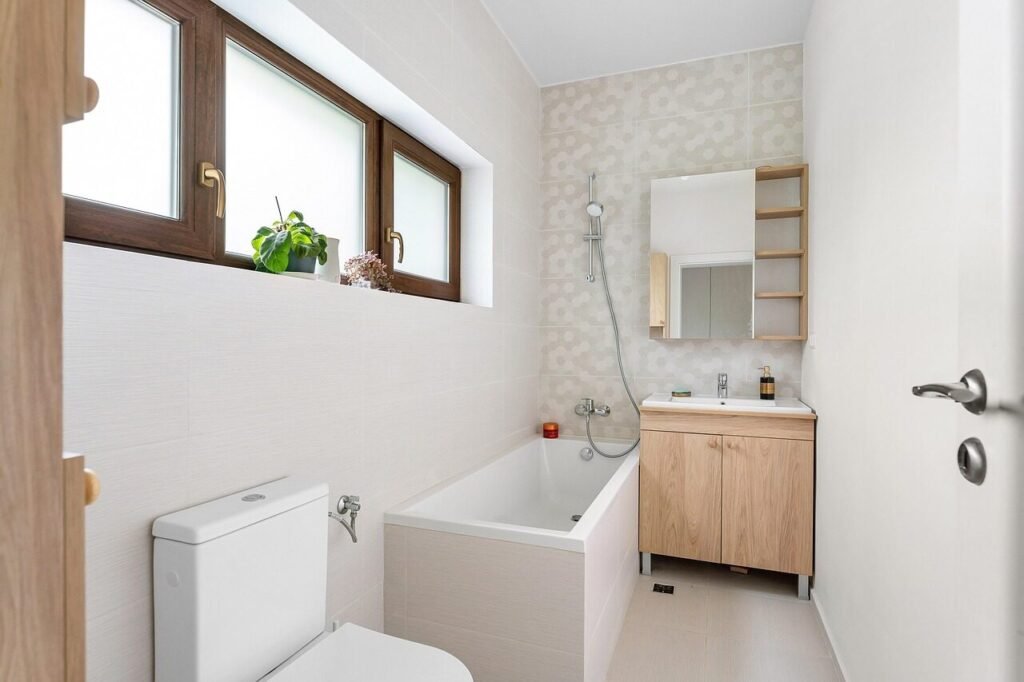Creating an indoor garden for juicing has been a necessity rather than a preference. Due to my symptoms, I’ve had to structure my setup around ease of upkeep, not personal preference—two very different things. What I want to grow isn’t always practical, but what I can grow with minimal maintenance allows me to keep juicing without unnecessary strain.
Why I Use Soil Instead of Hydroponics
I’ve experimented extensively with both soil and hydroponic systems for indoor gardening. Hydroponics undeniably delivers the best growth, healthiest plants, and the highest yields, but the level of daily maintenance, monitoring, and troubleshooting makes it too demanding for my needs.
Why Not Hydroponics?
Hydroponic setups require constant attention and specialized equipment, including:
How many glasses of water or fluids do you drink daily?
- Timers, pumps, air and water tubing, connectors, and valves to maintain flow.
- Hydrometers, pH testers, nutrient scales, and growth monitors to adjust conditions.
- Stage-based care, meaning plants must be moved to new containers as they grow.
- Frequent adjustments to nutrient mixes, algae prevention, and water pH corrections.
- Daily monitoring—if something fails, an entire crop can be lost almost overnight.
For someone managing POTS symptoms, this level of intensive upkeep is unrealistic, especially when flare-ups prevent me from daily interaction with the plants.
Why Soil?
Soil-based gardening is significantly more forgiving than hydroponics and requires far less intervention.
Advantages of Soil-Based Indoor Gardening
- Basic setup only requires containers, soil, and water—no complex systems.
- Plants stay in the same container, reducing the need for constant transfers.
- Watering is simple—just test with a moisture gauge and water as needed.
- Optional nutrient additives are straightforward to mix and apply.
- Less risk of failure—fewer factors mean fewer chances for problems.
- Low maintenance—plants can go days without care, making it ideal for managing energy levels.
During high-symptom days, I can leave my plants completely unattended, and they will still be okay—something hydroponics simply can’t offer.

Best Low-Maintenance Plants for Juicing
Choosing easy-to-grow greens has been key to keeping my indoor garden manageable.
The Two Magic Plants
These greens thrive with minimal effort, making them ideal for juicing:
Beet Greens *
- Fast-growing, hardy, and cut-and-come-again, meaning I can harvest multiple times.
- Rich in iron, magnesium, and antioxidants, supporting circulation and health.
Kale *
- Hardy and resilient once established, though slow from seed.
- Packed with potassium, vitamin C, and fiber, helping manage hydration and blood pressure.
Three More That Require Little Effort
These greens have proven to be great indoor growers, needing very little intervention:
Tatsoi
- Compact and easy-growing, thriving even in lower light conditions.
- Mild flavor, blending well into juices.
Lettuces (Romaine & Butterhead)
- Fast-growing and hydrating, adding essential electrolytes to juice blends.
- Minimal care needed, making it a low-stress plant.
Wheatgrass
- Extremely easy from seed, but requires extra preparation for juicing.
- High chlorophyll content, supporting detox and energy levels.
Other Options if Your Climate Supports Them
These plants require more care but can still work if conditions are right:
- Spinach – Prefers cool temperatures, making indoor growth difficult.
- Swiss Chard – Requires moderate light, but offers continuous harvests.
Equipment for Soil-Based Indoor Gardening
Soil Mix for Maximum Growth
- Compost – Adds organic nutrients for healthy growth.
- Vermiculite & Perlite – Improves drainage and retains moisture.
- Coco coir or peat moss – Helps maintain soil structure.
- 444 Organic Fertilizer (optional) – Provides balanced nutrients.
- Azomite Minerals (optional) – Adds micronutrients for soil enrichment.
Essential Gear
- Containers & Fabric Beds – Provide root depth and aeration.
- Shelving, Grow Tents, or Nursery Tents – Support efficient space use.
- Grow Lights & Timers – Ensure consistent light exposure.
- Small Fans – Prevent stagnant air, improving plant health.
- Grow Trays – Help with moisture control for seedling stages.
- Moisture Gauge – Prevents under or overwatering.
- Trimmers & Tweezers – Keep plants well-maintained.
- Seed Germination Trays – Improve seed starting success.
Methods for Success
Seed Germination Stage
- Start in germination trays with light misting to ensure healthy sprouting.
Seedling Stage
- Move sprouts to small pots for initial root development.
Final Planting Stage
- Once plants are strong enough, transfer them to their permanent container or fabric bed.
By following these simple techniques, I’ve created a low-maintenance indoor juicing garden, ensuring steady fresh greens without overwhelming upkeep.


